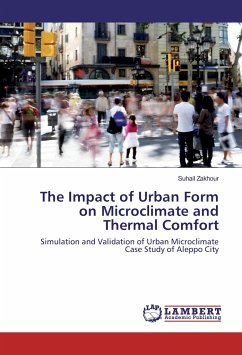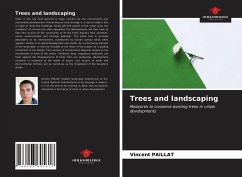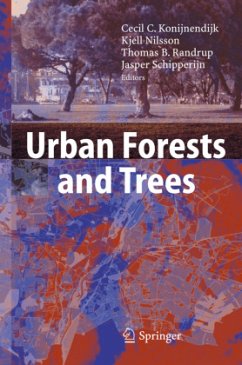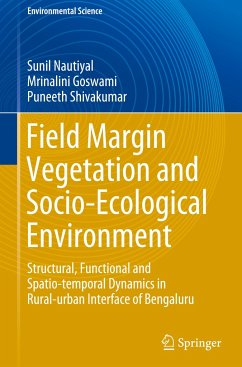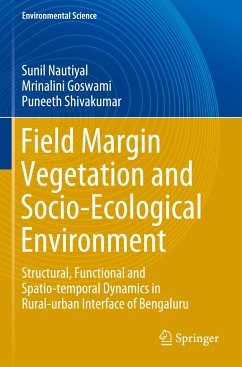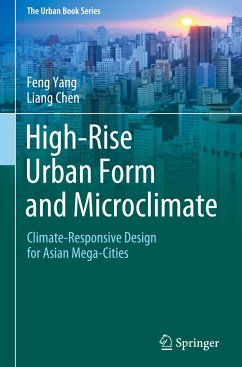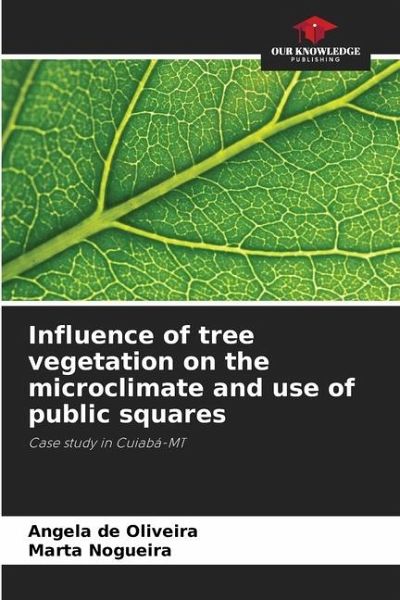
Influence of tree vegetation on the microclimate and use of public squares
Case study in Cuiabá-MT
Versandkostenfrei!
Versandfertig in 6-10 Tagen
43,99 €
inkl. MwSt.

PAYBACK Punkte
22 °P sammeln!
Planning sustainable green areas in urban environments contributes to improving their quality. This thesis investigates how vegetation affects microclimate conditions in urban areas, and more specifically examines the case of two public squares in Cuiabá, Brazil. The influence of vegetation on the microclimate and use of the squares is associated with the function of the equipment available in the squares, for example, children's playgrounds, sports courts and others. It was concluded that it is important to add efforts to qualify the environment of public squares through better planning and ...
Planning sustainable green areas in urban environments contributes to improving their quality. This thesis investigates how vegetation affects microclimate conditions in urban areas, and more specifically examines the case of two public squares in Cuiabá, Brazil. The influence of vegetation on the microclimate and use of the squares is associated with the function of the equipment available in the squares, for example, children's playgrounds, sports courts and others. It was concluded that it is important to add efforts to qualify the environment of public squares through better planning and appropriate methodology in the choice of tree species to be adopted. Vegetation needs to be seen as a natural element capable of fulfilling multiple functions in the urban environment, going beyond its aesthetic limits.





